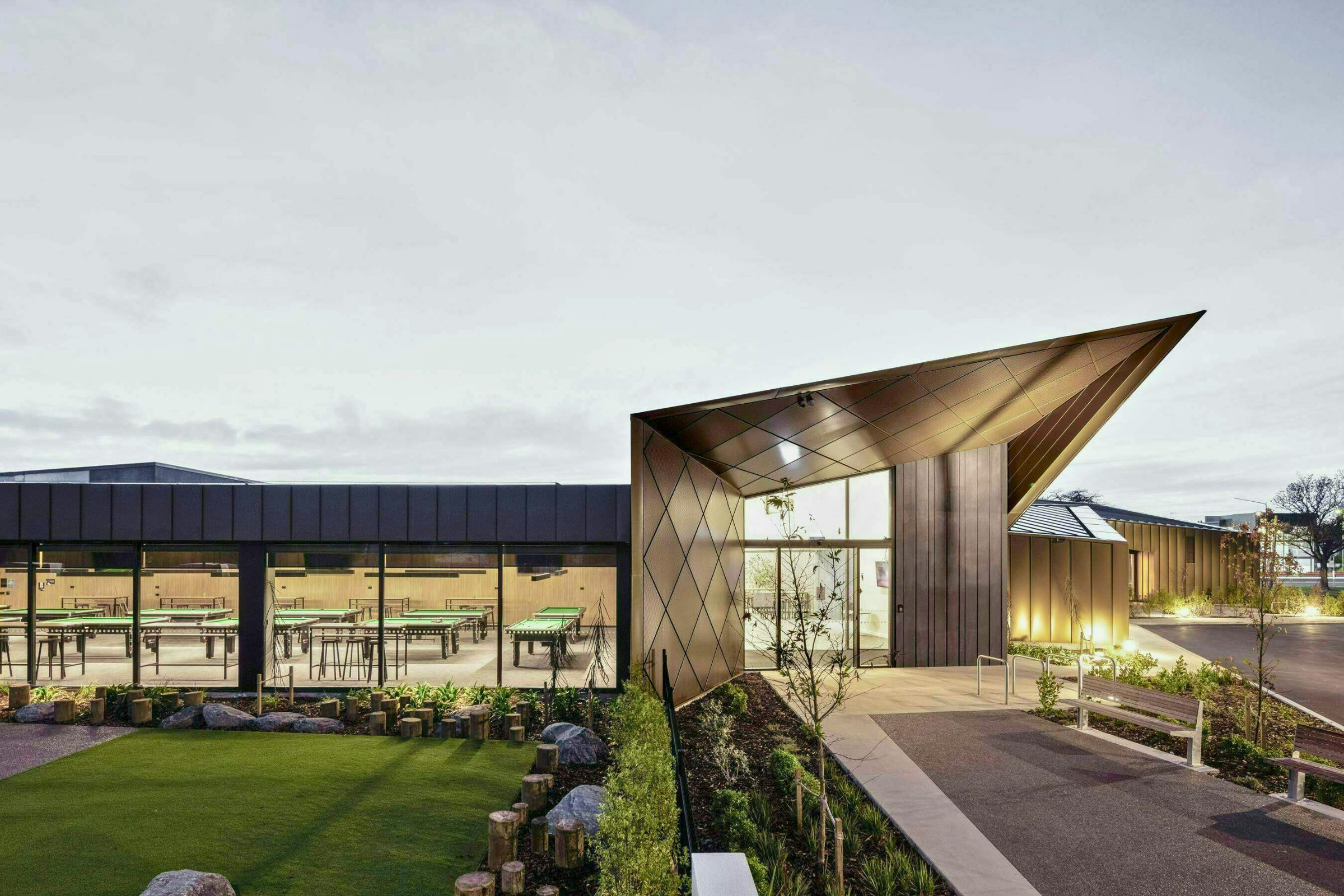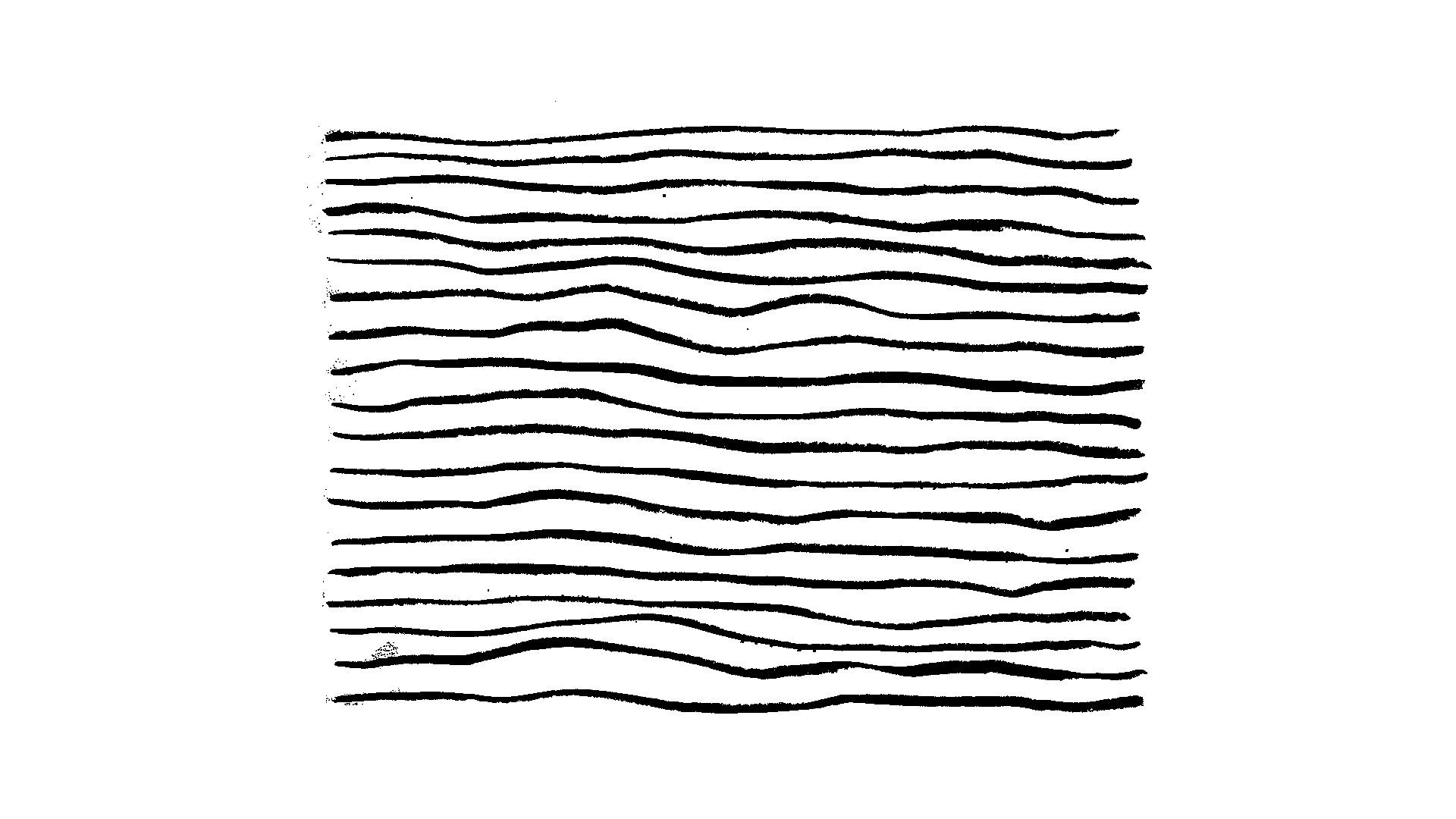+ Info
Cardrona Alpine Resort Limited (CAR) engaged RMM to provide expert landscape advice for the proposed extension of the Cardrona Ski Area Sub Zone (SASZ) as part of the Queenstown Lakes District Plan Review process.
CAR, internationally renowned for its prime location on the slopes of Mount Cardrona, lies above Cardrona Village and southwest of Wānaka. RMM's task was to assess the potential landscape and visual amenity impacts of the proposed SASZ extension in two distinct areas. Area 1 encompasses 37 hectares on the lower slopes of Mount Cardrona near the Cardrona Valley floor, while Area 2 covers 490 hectares on the upper mountain slopes surrounding the summit of Mount Cardrona.
RMM's assessment involved a detailed analysis of the broad landscape context of the Cardrona Valley and its surrounding mountain ranges, recognized for their Outstanding Natural Landscape designation. The landscape values in this region vary significantly. To better understand these values, RMM categorised the landscape into distinct Landscape Character Units (LCUs), each representing different aspects of the area's natural and visual attributes.
The Cardrona Valley's wider environment is noted for its high landscape and visual amenity values. This is attributed to the large-scale landforms, the scenic setting, and the striking contrast between the flat valley floor and the dynamic mountainous landscape. RMM's assessment focused on determining the appropriateness of the proposed SASZ extension in relation to the SASZ zone provisions and the landscape and amenity values within each LCU.
Through this comprehensive evaluation, RMM made recommendations on the extent of SASZ development suitable for each LCU, taking into account the specific landscape values and the capacity of the landscape to absorb new development. This approach ensures that any expansion aligns with the existing natural and visual characteristics of the area, preserving its outstanding scenic qualities while supporting sustainable development.
CAR, internationally renowned for its prime location on the slopes of Mount Cardrona, lies above Cardrona Village and southwest of Wānaka. RMM's task was to assess the potential landscape and visual amenity impacts of the proposed SASZ extension in two distinct areas. Area 1 encompasses 37 hectares on the lower slopes of Mount Cardrona near the Cardrona Valley floor, while Area 2 covers 490 hectares on the upper mountain slopes surrounding the summit of Mount Cardrona.
RMM's assessment involved a detailed analysis of the broad landscape context of the Cardrona Valley and its surrounding mountain ranges, recognized for their Outstanding Natural Landscape designation. The landscape values in this region vary significantly. To better understand these values, RMM categorised the landscape into distinct Landscape Character Units (LCUs), each representing different aspects of the area's natural and visual attributes.
The Cardrona Valley's wider environment is noted for its high landscape and visual amenity values. This is attributed to the large-scale landforms, the scenic setting, and the striking contrast between the flat valley floor and the dynamic mountainous landscape. RMM's assessment focused on determining the appropriateness of the proposed SASZ extension in relation to the SASZ zone provisions and the landscape and amenity values within each LCU.
Through this comprehensive evaluation, RMM made recommendations on the extent of SASZ development suitable for each LCU, taking into account the specific landscape values and the capacity of the landscape to absorb new development. This approach ensures that any expansion aligns with the existing natural and visual characteristics of the area, preserving its outstanding scenic qualities while supporting sustainable development.


RMM's landscape analysis for the proposed extension of the Cardrona Ski Area Sub Zone was a thorough and detailed process. It involved evaluating two distinct areas on Mount Cardrona's slopes, considering their unique landscape and visual amenity values. By categorising the landscape into Landscape Character Units, RMM ensured a nuanced understanding of the area's attributes. The assessment provided recommendations that balance the need for development with the preservation of the region's Outstanding Natural Landscape. This careful planning underscores the importance of integrating landscape architecture principles in managing and enhancing natural environments amidst development pressures.


Other Projects




